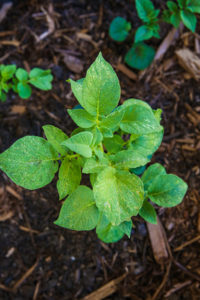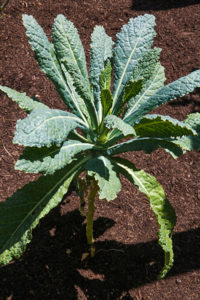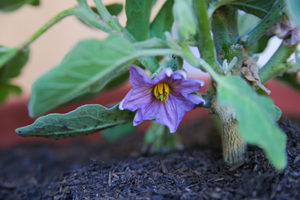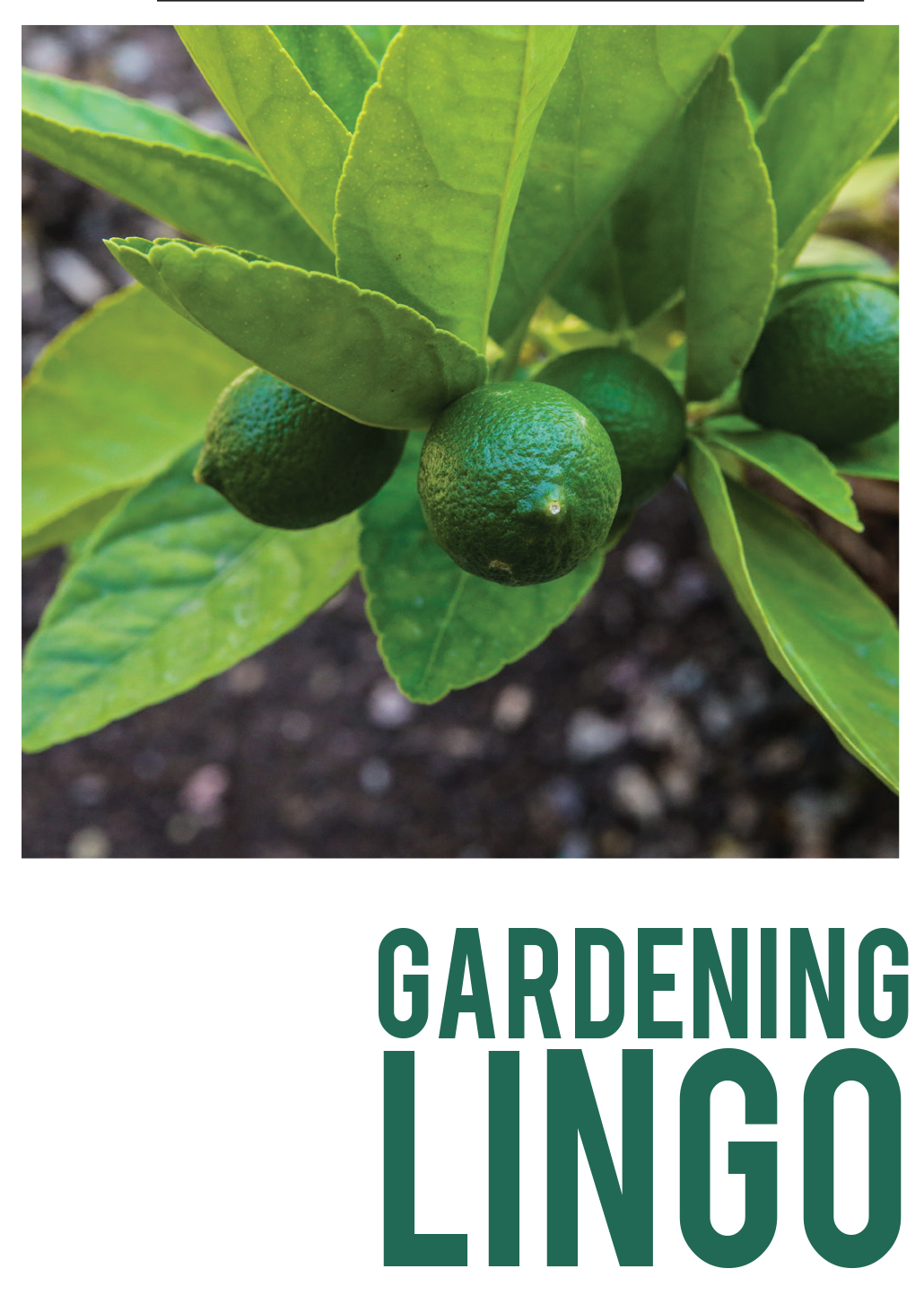Have you ever read a magazine or newspaper article on a certain subject and have not fully understood what they’re saying? Whether it is sports, various hobbies or everyday functions, they all have a “lingo” that pertains to that particular subject. I have had the pleasure of writing these gardening articles for you, but have suddenly realized that some of the gardening lingo I use may need clarification. For example, how many of you would be able to confidently tell me the role a product like b 52 nutrients plays in the transplanting process? Here’s a glossary of various terms you may come across in gardening articles.
 Caliche: an impenetrable layer of calcium carbonate (lime) in the ground that can be several inches/feet thick. Caliche restricts root and water penetration and limits/blocks nutrients from the soil to the plant. In doing so, salt can build up and further hinder the growth of the plant(s).
Caliche: an impenetrable layer of calcium carbonate (lime) in the ground that can be several inches/feet thick. Caliche restricts root and water penetration and limits/blocks nutrients from the soil to the plant. In doing so, salt can build up and further hinder the growth of the plant(s).
Compost: decomposed organic matter that has been broken down by micro-organisms. It usually is comprised of leaves, grass clippings, dead plants and fruits/vegetables. When compost is added to the soil it releases nutrients and helps water retention.
Deciduous: means that a plant drops its leaves at the end of its growing season. When this happens, the plant goes into dormancy. Depending on the plant, that could either be in the summer or winter time. Example: Desert Willow trees are deciduous in the winter time (no leaves) but returns to having green leaves in the summertime.
Evergreen: plant foliage remains green throughout the year.
Drought Resistant: plants that can survive extended periods of time with little or no water.
Microclimate: the creation of climate in a specific area that differs from other areas of the yard, such as shade trees eliminating harsh sun or protection from high winds. This can affect how plants grow in that area.
Root-Bound: whenever a plant has out grown its container and is being choked. It is important to look at the roots before a plant is placed in the ground or a larger container. The roots need to be untangled prior to replanting.
Hybrid: the result of cross pollinating one plant with another of a different species within a genus to create a new type of plant.
Genus: a category in a plant classification ranked between family and species. A group of plants with several common characteristics.
Species: a group of plants that have similar characteristics and are not a hybrid or a variety. The species name follows the genus name.
 Variety: a subcategory of the species that identifies a natural variation within the group.
Variety: a subcategory of the species that identifies a natural variation within the group.
USDA Cold-Hardiness Zones: a map of the United States that shows which plants are most likely to thrive in a location. This map is based on the annual average minimum winter temperature.
Fertilizers and the Labels: many fertilizers have been formulated for a specific application since various plants have specific nutrient requirements. There are three numbers that appear on the package which identifies the nutrients within the fertilizer, such as 5-10-5. The first number is the percentage of nitrogen; the second is the percentage of phosphorus and the third number is the percentage of potassium/potash. Nitrogen is responsible for leafy growth and protein development within the plant; phosphorus is needed for root, flower, seed and fruit development and energy transfer inside the plant; potassium is responsible for water movement and plant resistance to environmental stresses.
Xeriscape: a method of landscaping specifically designed for arid climates. It promotes water conservation and  drought resistant plants.
drought resistant plants.
Master Gardeners: a group of volunteers throughout the United Sates that have been educated by a university (University of Arizona) and are part of a Cooperative Extension (Mohave County Cooperative Extension) and have been trained to provide information and training to homeowners regarding gardening needs.
Hopefully I have been able to clarify and help you understand some of the lingo that is part of the gardening world. If you’re thinking of starting gardening as a hobby, a wood shed is ideal for storage of your equipment. This is our downtime for gardening, so stay cool by reading those gardening magazines and deciding on your fall plantings. If you decide on looking for another source of information on handling your garden, check out Kentucky Lawn Care Reviews. They are experts at what they do.
-Dottie Holeman


